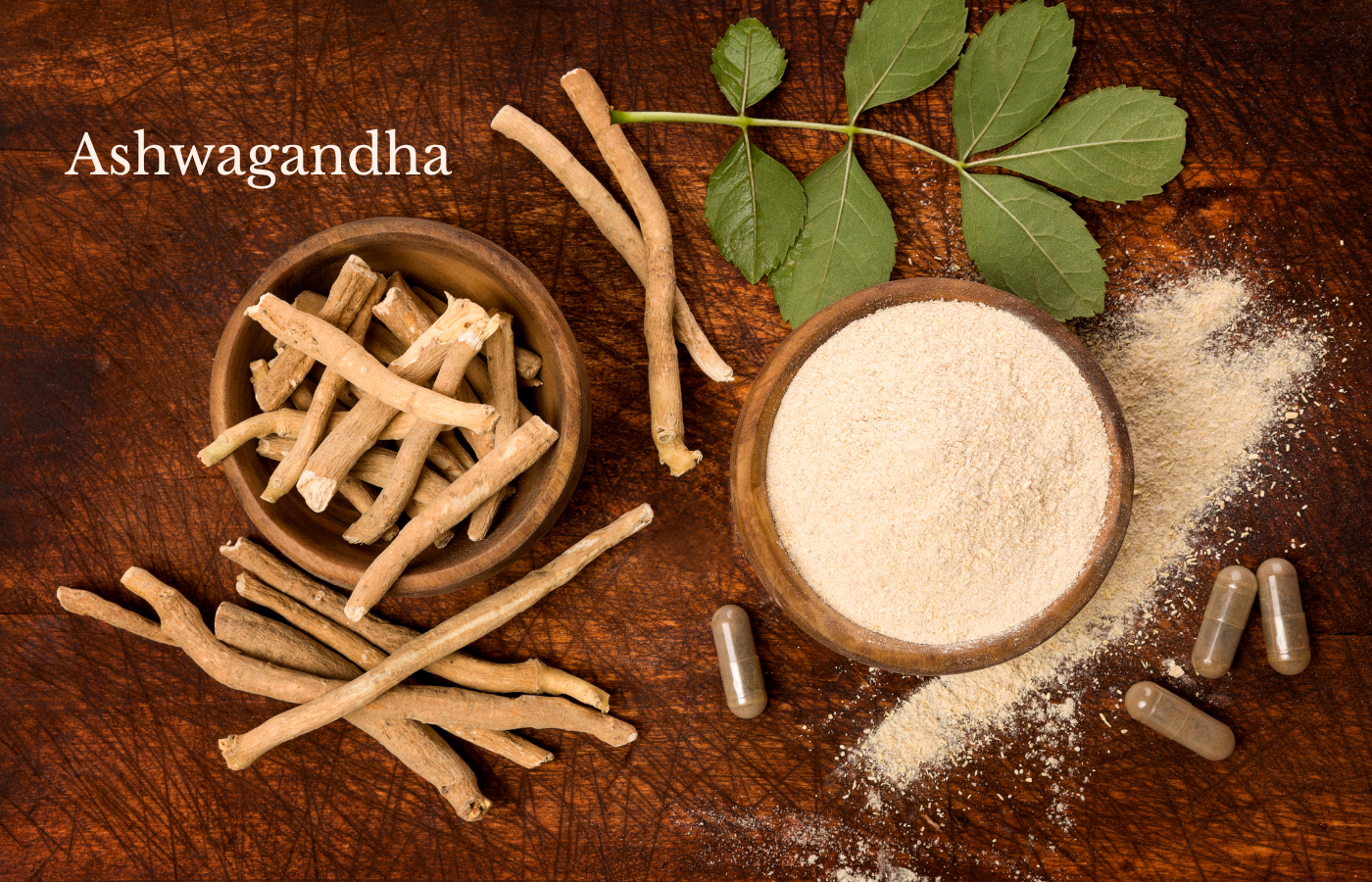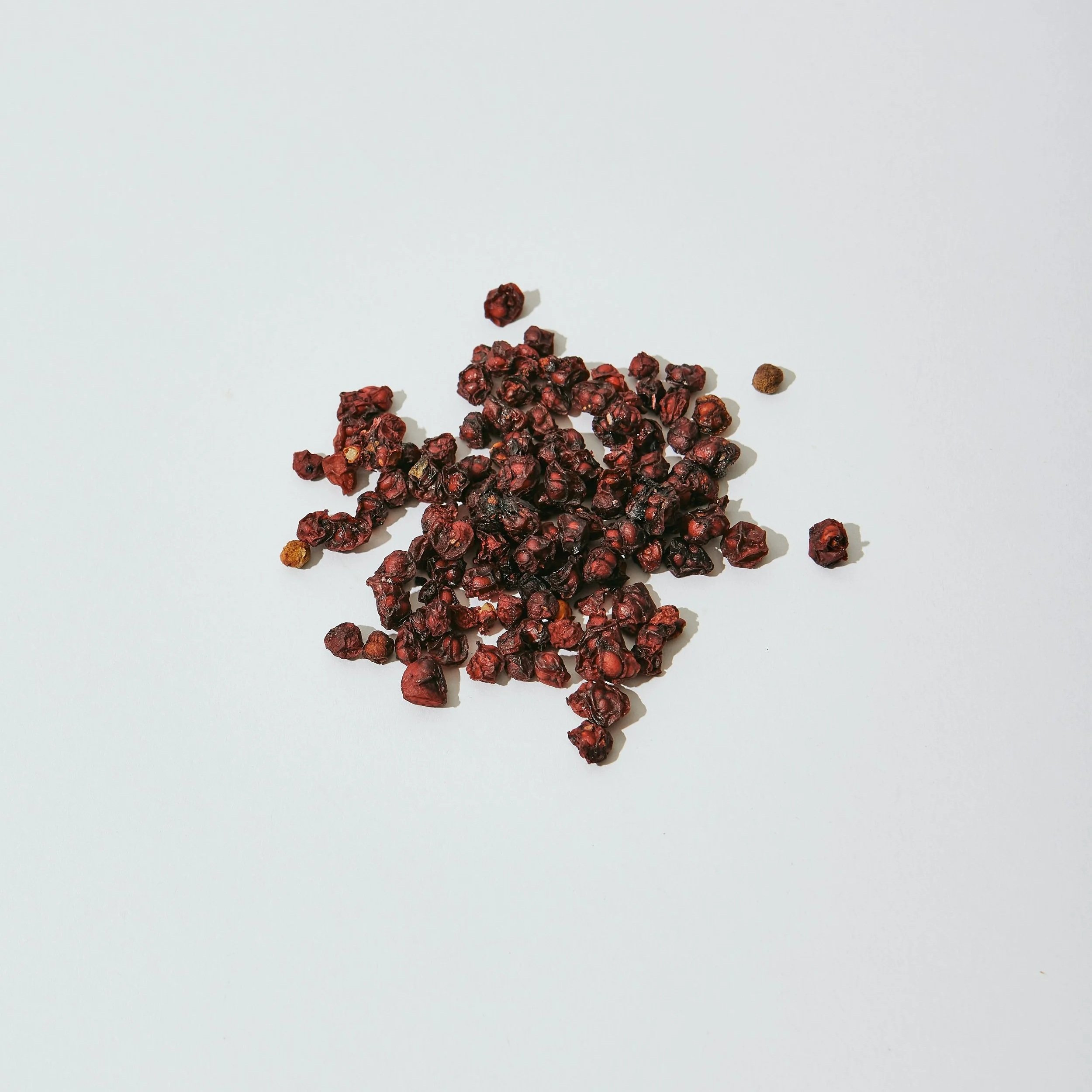Adaptogens for Women’s Hormones: A Guide to Ashwagandha, Maca, Shatavari & More
Adaptogens are rarely mentioned by general doctors, and when I struggled with hormonal symptoms and cycle irregularities, the solution I kept hearing was simply:
“Just take the pill.”
But the pill doesn’t regulate your cycle, it replaces it.
It wasn’t until I moved toward acupuncture, Ayurveda, holistic fertility support and more alternative practitioners that adaptogens began appearing in the conversations. Not as quick fixes, not as “miracle herbs”…but as powerful, time-tested allies to support stress, hormonal balance, fertility, and emotional wellbeing.
Adaptogens don’t push your hormones up or down.
They support the systems that regulate them.
Here’s a clear, grounded guide to what adaptogens are, how they work, which ones support hormonal balance, and how to use them safely.
What Are Adaptogens?
Adaptogens are herbs, roots, and medicinal mushrooms that help your body adapt to stress.
They support the HPA-axis (hypothalamus–pituitary–adrenal system), which influences:
cortisol
anxiety + mood
sleep
energy
thyroid function
reproductive hormones (estrogen, progesterone, LH, FSH)
They don’t force hormones into balance, they gently nudge your body back toward it.
Adaptogens are especially supportive for women experiencing:
PMS or PMDD.
irregular or long cycles
difficulty ovulating
painful periods
low libido
fertility challenges
postpartum depletion
perimenopause symptoms
burnout
anxiety or overwhelm
How Adaptogens Support Hormones
✔ They regulate cortisol
High cortisol is one of the biggest disruptors of ovulation, progesterone, sleep, and cycle length.
✔ They support ovarian and adrenal communication
When adrenals are exhausted, they can “borrow” resources from your reproductive hormones.
✔ They reduce inflammation
Inflammation plays a role in PMS, acne, painful periods, PMDD, and poor egg health.
✔ They nourish deeper energy (ojas)
In Ayurveda, adaptogens build the subtle vitality connected to fertility, libido, immunity, and calmness.
How to Take Adaptogens (Powders, Capsules, Drinks, Soups)
Adaptogens can be taken in different forms:
Powders
Perfect for maca or shatavari.
Add to:
smoothies
porridge
hot cacao
soups
energy balls
Capsules
Easy, consistent dosing.
Perfect for ashwagandha, reishi, shatavari.
Tinctures / Liquid extracts
Fast absorption.
Common for ashwagandha, tulsi, rhodiola, reishi.
Teas
Beautiful for tulsi and reishi blends.
Choose the form that makes it easiest to stay consistent.
When to Take Adaptogens (Morning vs Evening)
Every woman reacts differently, so listening to your body is key.
Morning adaptogens:
Maca → uplifting, energizing
Rhodiola → supports motivation
Ashwagandha → for many women, morning reduces anxiety throughout the day
Schisandra → brightening, supports liver
Evening adaptogens:
Reishi → grounding
Tulsi (holy basil) → calming
Ashwagandha → if sedating for your body
How Long to Use Adaptogens
For therapeutic effect:
Take daily for 8–12 weeks.
Long-term use:
Safe, but take breaks:
1–2 weeks off every 2–3 months
Or follow cycle-syncing (see below)
Cycle syncing adaptogens:
Many women use them differently in each cycle phase:
Follicular Phase (Day 1–14)
Energy rises → uplifting herbs shine
Maca
Rhodiola
Shatavari
Schisandra (supports estrogen metabolism)
Luteal Phase (Day 15–bleed)
Calming herbs help stabilize mood + progesterone
Ashwagandha
Reishi
Tulsi
Shatavari
Maca (YES! many women reduce PMS with maca here)
Adaptogens for Hormonal Health: Detailed Guide
Below you’ll find each herb expanded with:
✓ what it is
✓ nutrients
✓ active compounds
✓ hormonal benefits
✓ when to take it
✓ cycle timing
✓ safety
1. Ashwagandha (Withania somnifera)
Type:
A root from a small shrub in the nightshade family.
A foundational herb in Ayurveda.
Nutrients & compounds:
withanolides
antioxidants
iron
amino acids
alkaloids
Benefits:
lowers cortisol
supports thyroid function
reduces anxiety & overthinking
improves sleep
supports ovulation through stress reduction
may support egg quality
Best time:
Morning OR evening (depends on your body) after or during a meal.
Cycle timing:
→ Especially supportive in luteal phase for mood + PMS
→ Can be taken all month if stress is high
Avoid if:
hyperthyroidism
pregnant (unless advised)
taking sedatives
Shatavari (Asparagus racemosus)
Type:
A root from a wild asparagus plant — the queen herb of Ayurveda for women.
Nutrients:
phytoestrogens (very gentle)
folate
zinc
vitamins A, B, C
saponins
mucilage
Benefits:
supports estrogen balance
improves cervical mucus
nourishes follicle development
boosts lubrication
supports conception
eases perimenopause symptoms
deeply nourishing postpartum
Best time:
Daily
Beautiful in both follicular & luteal phases
Avoid if:
estrogen-sensitive conditions
water retention
asparagus allergy
Maca (Lepidium meyenii)
Type:
A Peruvian root vegetable in the cruciferous family (like broccoli & kale).
Nutrients:
amino acids
iron
calcium
iodine
potassium
glucosinolates
B-vitamins
macamides (unique hormone-support compounds)
Benefits:
stable energy
mood regulation
improved libido
reduces PMS
supports progesterone
lengthens short luteal phase
supports fertility
Best time:
Morning
Luteal phase especially
Cycle timing:
→ Many women use maca only in the luteal phase
→ Helps with mood dips, cravings, breast tenderness, fatigue
Avoid if:
high blood pressure
very sensitive to stimulants
Reishi (Ganoderma lucidum)
Type:
A medicinal mushroom used in TCM.
Nutrients:
triterpenes
beta-glucans
antioxidants
polysaccharides
Benefits:
deep sleep
stress reduction
nervous system support
immune balance
emotional grounding
Best time:
Evening
Luteal phase
Avoid if:
on blood thinners
low blood pressure
Rhodiola (Rhodiola rosea)
Type:
An adaptogenic root from Nordic & Siberian climates.
Nutrients:
rosavins
salidroside
flavonoids
antioxidants
Benefits:
reduces fatigue
boosts motivation
uplifts mood
supports brain energy
Best time:
Morning only
Cycle timing:
→ Best in follicular phase
→ Avoid in luteal phase if prone to anxiety
Tulsi / Holy Basil (Ocimum sanctum)
Type:
A sacred Ayurvedic herb from the basil family.
Nutrients:
eugenol
rosmarinic acid
ursolic acid
vitamin C
antioxidants
Benefits:
reduces stress
stabilizes cortisol
supports immunity
eases emotional overwhelm
Best time:
Anytime
Lovely in luteal phase
Avoid if:
trying to conceive in very high doses
on blood thinners
Schisandra Berry (Schisandra chinensis)
Type:
A bright red berry from Traditional Chinese Medicine.
Supports all five yin organs — deeply harmonizing.
Nutrients & active compounds:
lignans (estrogen metabolism support)
schisandrin, gomisin
vitamin C
antioxidants
polyphenols
Hormone benefits:
supports healthy estrogen detox
reduces PMS
improves skin clarity
increases libido
supports fertility
strengthens liver function
stabilizes energy
Best taken:
Morning / early afternoon
Follicular and luteal phase
Avoid if:
pregnant
taking sedatives
strong liver-metabolized medications
GERD (in some individuals)
When NOT to Use Adaptogens
Avoid adaptogens if you:
are pregnant (unless advised)
are breastfeeding
take thyroid medication
take sedatives or antidepressants
take blood thinners
have autoimmune diseases
have hormone-sensitive cancers
are undergoing IVF without medical approval
are preparing for surgery
A Soft Disclaimer
I’m a certified women’s health coach, not a medical doctor. I cannot prescribe herbs, and adaptogens should be used with care, especially if you take medication or have chronic health conditions.
Always consult with a healthcare provider if you’re unsure.








